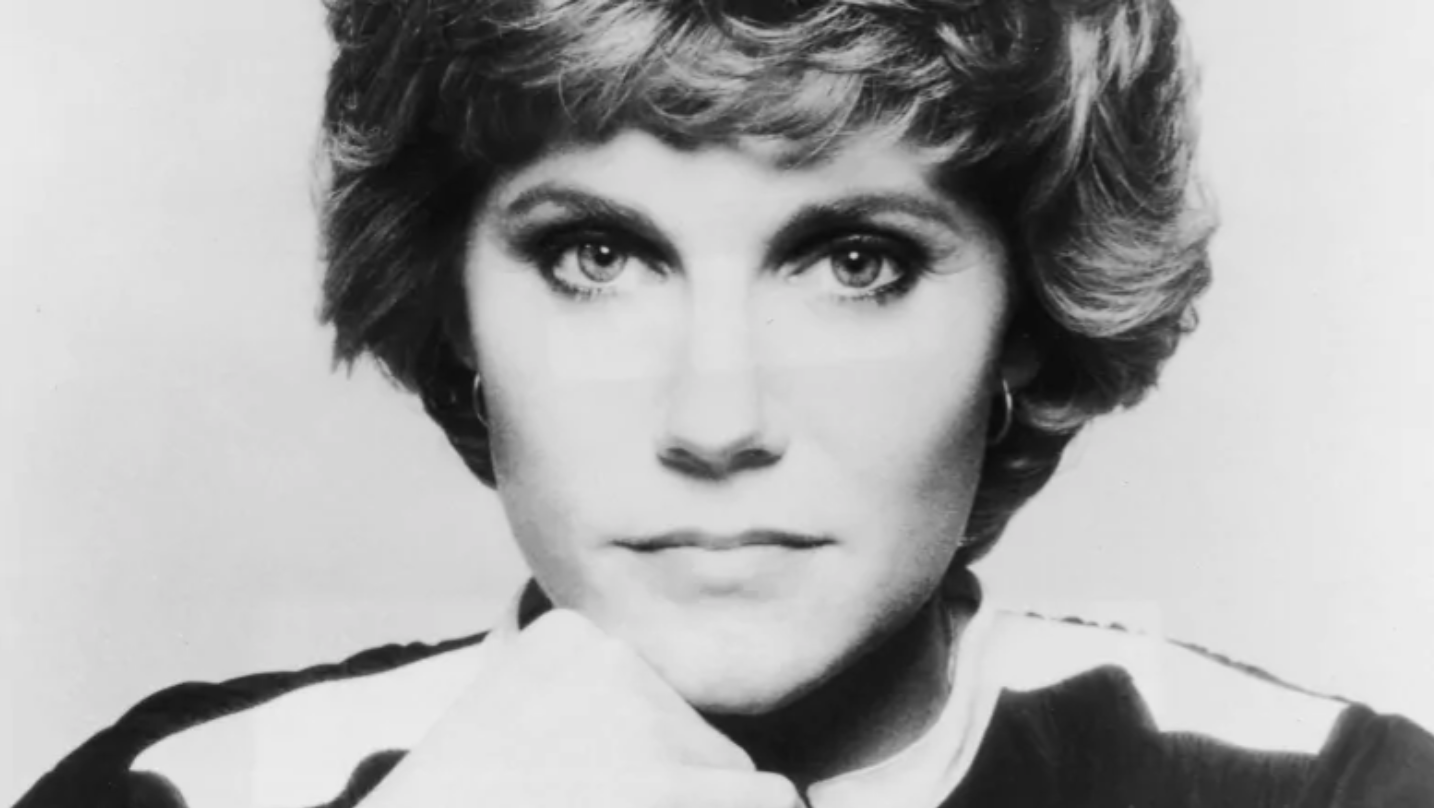The Legacy of Anne Murray's "Snowbird"
Anne Murray in 1980 (Courtesy of Capitol Records)
Anne Murray’s iconic and five-decade-old hit “Snowbird” -- which made her the first Canadian female solo singer to simultaneously reach No. 1 on the U.S. charts and earn a Gold record -- is a hit that has stood the test of time. It proves that country music’s ability to intertwine successful tropes of mainstream pop into its aesthetic seamlessly creates its worldwide appeal.
The strength of the relationship between country and adult contemporary music in the early 1970s forge the foundation of Anne Murray’s career success. UCLA Ph.D. candidate and country music historian Amanda Marie Martinez notes that country’s slow adaption of long-established mainstream pop trends is why this unique bridge between styles occurred.
The country music that emerged from this era achieved groundbreaking success on the country charts. However, to specifically label it -- or the artists who made it -- as similar to Hank Williams or Patsy Cline would be challenging.
“Artists like Anne Murray, John Denver, and Olivia Newton-John were part of a trend of middle-of-the-road artists who don’t necessarily sound like country artists but were accepted as such,” Martinez says during a phone interview with Parton and Pearl.
Moreover, Travis D. Stimeling, Ph.D. -- an Associate Professor of Musicology at West Virginia University --adds, “when Anne Murray arrived at Capitol Records in 1970, this is in the same era that they were making hits with lush string orchestrations with Glen Campbell, Lynn Anderson, and Merle Haggard. The era was heavy on ‘sonic palate cleansers’ that were not too heavy.”
“Snowbird” took eight months to cross the border and airwaves from Canada to the United States. Once it arrived on American soil, roughly four months elapsed before it reached No. 10 on Billboard’s Hot Country charts and No. 1 on Billboard’s Adult Contemporary charts on August 29, 1970.
Though it might seem somewhat bizarre that a song featuring a lead guitar that sounds like a sitar, alongside a bass and drums would achieve such acclaim, as Dr. Stimeling explains, 70s era song mastering and automobile technology play a key role in “Snowbird’s” unexpected appeal.
“It was different than almost everything on the radio then. Songs that succeeded on AM radio specifically were best if played on tiny, four-inch car radio speakers of that era. ‘Snowbird’ is instrumentally sparse, so the vocals and instrumentation are very clear and fit into their separate niches on the track.” Stimeling continues, “Murray’s voice is amazing. It flawlessly connects notes line-to-line. She sings very close to the microphone, which means that she didn’t have to project as hard. That creates intimacy, too.”
It is key to note as well is that “Snowbird’s” adult contemporary chart success occurred simultaneously to The Carpenters’ “(They Long to Be) Close to You,” another easy listening smash. “I put Karen Carpenter and Anne Murray in the same vibe,” Dr. Stimeling says. “In that era, they both seemed to make incredibly well-arranged songs featuring unique instrumentation (“Close To You” features flutes and harpsichords) that felt invitingly easy to sing.”
“Close to You” has a classic balladeer vibe that offers sensibilities akin to the simplistic ease of Nat King Cole’s legacy as a crafter of Great American Songbook pop standards. However, “Snowbird” has an ever-so-jangly and melancholic bluegrass edge that strikes deep into the heart of country. The song Murray, songwriter Gene MacLellan, and producer Brian Ahern created calls into necessity a brief discussion of the era into which it was borne.
“Adult contemporary is in a weird spot when country music adapts to it,” Amanda Marie Martinez says. “Country music capitalizes on youth being more into rock and roll, and survives via the creation of the adult-oriented ‘Nashville Sound.’” Regarding the “Nashville Sound,” Travis Stimeling adds, “ a Nashville session musician named Harold Bradley once told me that there was no ‘Nashville Sound.’ Instead, there was a sound that was created to keep people buying records, that involved making high fidelity, FM quality music for AM radio.”
Intriguingly, “Snowbird” was Anne Murray’s most significant achievement of global adult contemporary success until 1978’s “You Needed Me.” Dr. Stimeling offers a note about the nature of the Nashville/country industry “machine” as to why her recording success was not more significant and more consistent during the 1970s.
Highlighting that the era in question was radio-driven, but sans stations playing uniform playlists, Stimeling says, via phone, that Canadian radio based out of Toronto can be heard in cities like Detroit, Rochester, and Buffalo, which were country music centres with significant populations. Continuing, he offers that, in the 70s, a breakout hit in Detroit, Michigan, would take a while for a DJ in Austin, Texas, to break. Stimeling explains the reasoning for a delay.
“Canadian artists were often ‘exotic’ and difficult to market for US-based labels because artists need to be physically present,” he notes. Because she recorded in Toronto, Stimeling surmises that Murray was often not available for the slew of visual meetings, greeting, and hob-nobbing the radio-driven American music industry required in that era. “If Anne Murray were in Nashville, she likely would’ve taken off (and had even greater American success),” he says, bittersweetly.
In Canada, however, Murray is an iconic superstar. She’s achieved three number one albums and 33 number one singles. Plus, there are 24 Juno Awards and membership in the Canadian Country Music, Juno, Canadian Songwriters, and Canadian Broadcast Halls of Fame.
Amanda Marie Martinez also considers Murray’s acclaim in the United States and worldwide, as she discusses the work of how America’s Country Music Association has -- 50 years after innovating the “Nashville Sound” -- specifically attempted to broaden the marketing appeal of the genre.
If thinking about the worldwide appeal of Canadians like k.d. lang and Shania Twain, to Australians like Keith Urban, and the ability of American artists like Kacey Musgraves to tour worldwide, her words have their heritage in “Snowbird’s” five-decade-old, universally beloved, “Nashville Sound.”
“Country is ancestrally the American south’s music, but its appeal broadly spreads across race, age, class, and region. It is music’s most globally unifying genre.”











Plus a bunch of news out of Saskatchewan all of a sudden!